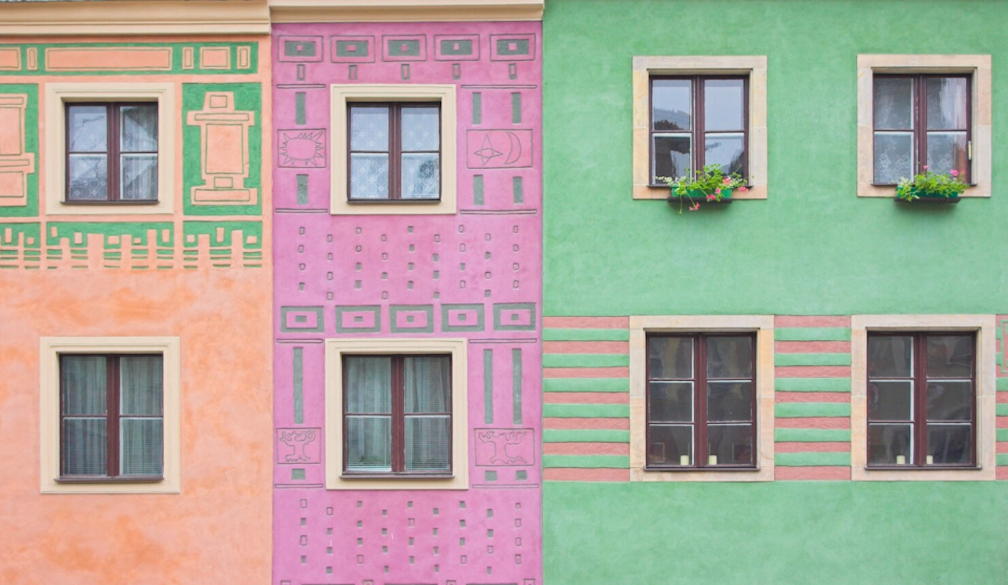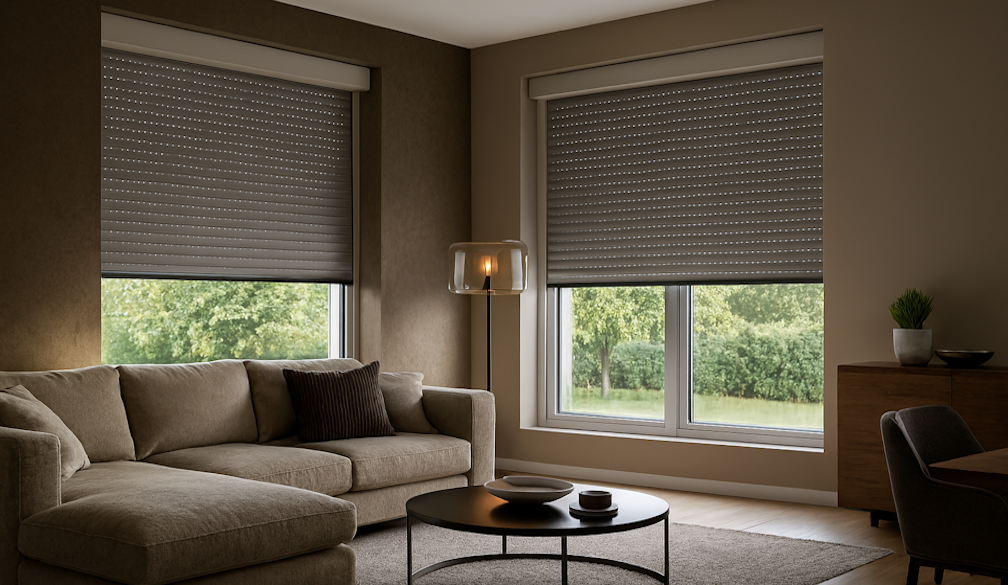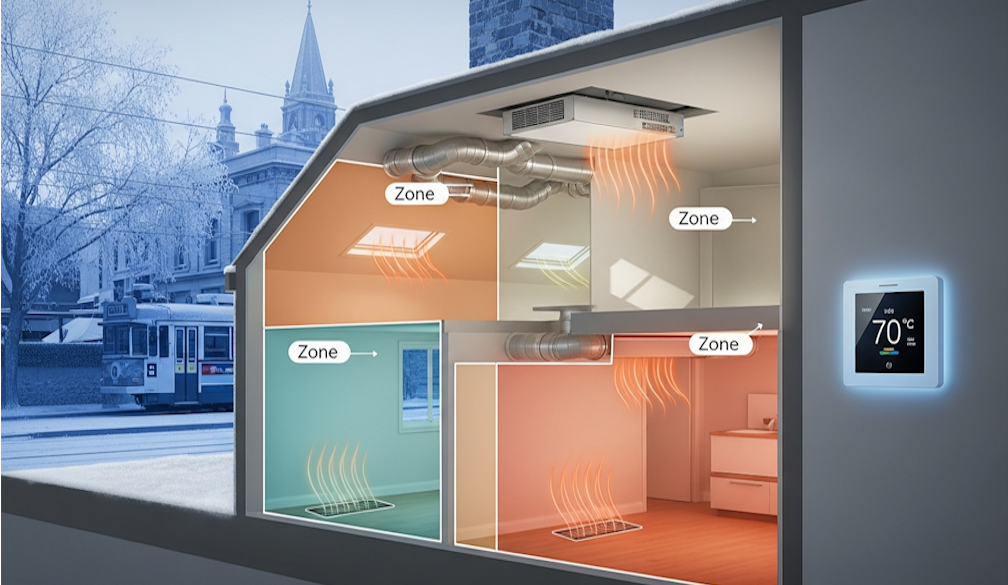Different types of rugs and their characteristics

Persian rugs: History, characteristics, and styles
Persian rugs, also known as Oriental rugs, are renowned for their intricate designs, vibrant colors, and exceptional craftsmanship. These rugs have a rich history that can be traced back to the 16th century in Persia (present-day Iran). The art of rug weaving in Persia has been passed down through generations, with each region developing its unique style and motifs.
One of the defining characteristics of Persian rugs is their high-quality wool, which is often sourced from the mountainous regions of Iran. The wool used in these rugs is known for its softness, durability, and natural lanolin content, which helps to repel dirt and stains. Additionally, the dyes used in Persian rugs are typically derived from natural sources, such as plants, minerals, and insects, resulting in rich, vibrant hues that can last for decades.
Persian rugs are often classified by their region of origin, each with its own distinct style and design. Some of the most well-known Persian rug styles include Tabriz, Kashan, Nain, Qum, and Mashad. Tabriz rugs, for example, are known for their intricate floral patterns and warm color palettes, while Kashan rugs are renowned for their elegant medallion designs and subtle, harmonious tones. Nain rugs, on the other hand, are characterized by their delicate, intricate patterns and the use of silk in their construction.
Oriental rugs: Origins, patterns, and cultural significance
Oriental rugs, a broader term that encompasses Persian rugs, have a long and fascinating history that spans multiple cultures and regions. These rugs have their origins in the Middle East, Central Asia, and the Caucasus region, where various nomadic and semi-nomadic tribes developed the art of rug weaving as a means of creating functional and decorative textiles.
One of the defining features of Oriental rugs is their intricate and often symbolic patterns. These patterns are often inspired by the natural world, with motifs such as flowers, trees, and animals being common. Additionally, many Oriental rugs incorporate geometric designs and repeating patterns that are believed to have spiritual or cultural significance. For example, the "tree of life" motif, which is found in many Oriental rugs, is thought to represent the interconnectedness of all living things.
The cultural significance of Oriental rugs extends beyond their aesthetic appeal. In many traditional societies, the creation of these rugs was a highly skilled and labor-intensive process, often involving entire communities. The weaving of an Oriental rug was not just a means of creating a functional item, but also a way of preserving and passing down cultural traditions and beliefs. As a result, many Oriental rugs are imbued with a rich cultural history and symbolism that adds to their value and appeal.
Contemporary rugs: Modern designs, materials, and trends
While traditional Persian and Oriental rugs continue to be highly sought after, the world of rug design has evolved significantly in recent years. Contemporary rugs, which draw inspiration from modern art and design movements, offer a fresh and innovative approach to rug-making.
One of the key characteristics of contemporary rugs is their use of bold, abstract patterns and geometric designs. These rugs often feature clean lines, sharp angles, and a range of vibrant, saturated colors that create a striking visual impact. Additionally, contemporary rug designers are experimenting with a wide range of materials, including synthetic fibers, recycled materials, and even unexpected elements like leather and metal.
Another trend in the contemporary rug market is the increasing focus on sustainability and environmental responsibility. Many modern rug manufacturers are using eco-friendly materials, such as wool, jute, and bamboo, and are implementing more sustainable production methods. This shift towards sustainable rug design not only appeals to environmentally conscious consumers but also helps to preserve traditional weaving techniques and support local artisans.
Kilim rugs: Traditional flat-woven rugs, patterns, and uses
Kilim rugs, a type of flat-woven rug with a distinct flat-pile construction, have a rich history that spans centuries and cultures. Originating in the Middle East and Central Asia, Kilim rugs were traditionally used as floor coverings, wall hangings, and even as saddle blankets by nomadic tribes.
One of the defining characteristics of Kilim rugs is their intricate, geometric patterns, which are created through the use of a unique weaving technique. Unlike the knotted pile of traditional Persian rugs, Kilim rugs are woven using a flat, tapestry-like technique, where the weft threads are tightly woven through the warp threads, creating a flat, durable surface. This weaving method allows for the creation of bold, striking patterns that are often inspired by the natural world, as well as the cultural and spiritual beliefs of the rug's creators.
In addition to their decorative appeal, Kilim rugs are also highly functional. Their flat-woven construction makes them relatively thin and lightweight, making them ideal for use as floor coverings, wall hangings, or even as upholstery fabric. Kilim rugs are also known for their durability, as the tightly woven structure helps to resist wear and tear over time. As a result, Kilim rugs have become increasingly popular in contemporary design, with their bold patterns and versatile applications making them a sought-after addition to any space.
Shag rugs: Plush and cozy options for comfort and style
Shag rugs, with their thick, luxurious pile and soft, inviting texture, have become a popular choice for those seeking a cozy and comfortable addition to their living spaces. Characterized by their long, shaggy fibers, shag rugs offer a unique and distinctive aesthetic that can instantly transform the feel of a room.
One of the primary appeals of shag rugs is their exceptional comfort and warmth. The deep, plush pile of these rugs provides a soft, cushioned surface that is perfect for bare feet or lounging. Additionally, shag rugs are known for their insulating properties, making them an ideal choice for colder climates or rooms that require extra warmth and coziness.
In terms of design, shag rugs come in a wide variety of colors, patterns, and textures, allowing homeowners to find the perfect option to complement their existing decor. From classic neutral tones to bold, vibrant hues, shag rugs offer a versatile and eye-catching addition to any space. Furthermore, the shaggy texture of these rugs can add depth and visual interest to a room, creating a cozy and inviting atmosphere.
Braided rugs: Handmade rugs with a rustic and timeless appeal
Braided rugs, with their intricate weaving patterns and natural, earthy tones, offer a unique and timeless charm that has captivated homeowners for generations. These handmade rugs, often crafted by skilled artisans using traditional techniques, are a testament to the enduring appeal of craftsmanship and the beauty of natural materials.
One of the defining characteristics of braided rugs is their construction, which involves the weaving of strips of fabric, yarn, or natural fibers into a tight, interlocking pattern. This process, which can be both time-consuming and labor-intensive, results in a rug that is not only visually striking but also highly durable and long-lasting. In fact, many braided rugs are passed down through generations, with their intricate patterns and vibrant colors serving as a tangible link to the past.
In addition to their timeless appeal, braided rugs are also prized for their versatility. These rugs can be used in a variety of settings, from cozy farmhouse-style living rooms to modern, minimalist spaces. Their neutral color palettes and organic textures make them a perfect complement to a wide range of design styles, allowing homeowners to seamlessly incorporate them into their existing decor. Whether used as a focal point or as a subtle accent, braided rugs are a beautiful and functional addition to any home.
Natural fiber rugs: Sustainable options made from materials like jute, sisal, and seagrass
As the demand for eco-friendly and sustainable home decor continues to grow, natural fiber rugs have become an increasingly popular choice among homeowners and designers. These rugs, crafted from materials like jute, sisal, and seagrass, offer a unique blend of natural beauty, durability, and environmental responsibility.
One of the primary advantages of natural fiber rugs is their sustainability. Unlike synthetic materials, which can be resource-intensive and contribute to environmental pollution, natural fibers are renewable, biodegradable, and often sourced from ethical, fair-trade producers. This commitment to sustainability not only appeals to eco-conscious consumers but also helps to support local artisans and preserve traditional weaving techniques.
In terms of design, natural fiber rugs offer a wide range of aesthetic possibilities. From the warm, earthy tones of jute to the sleek, modern look of seagrass, these rugs can be found in a variety of styles and patterns to suit any decor. Additionally, the inherent texture and organic feel of natural fibers can add depth and visual interest to a space, creating a warm and inviting atmosphere.
Choosing the right rug for your space: Factors to consider
When it comes to selecting the perfect rug for your home or office, there are several key factors to consider in order to ensure a successful and satisfying purchase. By taking the time to evaluate your needs, preferences, and the specific characteristics of the space you're furnishing, you can make an informed decision that will enhance the overall look and feel of your environment.
One of the most important factors to consider is the size of the rug in relation to the room or area it will be placed in. A rug that is too small can appear out of place and make the space feel unbalanced, while a rug that is too large can overwhelm the room and make it feel cramped. When measuring the space, be sure to leave enough room around the perimeter of the rug to allow for proper placement and visual balance.
In addition to size, the material and construction of the rug are also crucial considerations. As we've explored, different rug types offer distinct characteristics in terms of durability, texture, and maintenance requirements. For high-traffic areas or households with pets or children, a more durable and easy-to-clean option, such as a synthetic or natural fiber rug, may be the best choice. Conversely, if you're looking to create a luxurious, cozy atmosphere, a plush, high-pile rug like a shag or Persian rug may be the perfect fit.
Another important factor to consider is the overall style and color palette of the room. Rugs can serve as a foundation for the room's design, so it's essential to choose a rug that complements the existing decor and creates a cohesive, visually appealing look. If you're working with a neutral color scheme, a rug with a bold pattern or vibrant hue can add a striking focal point, while a more muted, neutral rug can help to anchor the space and create a sense of calm and balance.
Finally, it's important to consider the practical aspects of rug placement and maintenance. High-traffic areas, such as entryways and hallways, may require a more durable rug that can withstand heavy use, while a more delicate rug may be better suited for a low-traffic space like a bedroom or formal living room. Additionally, be mindful of the rug's care and cleaning requirements, ensuring that you can maintain its appearance and longevity over time.
Conclusion: Enhancing your home with the perfect rug
In conclusion, the world of rugs is a diverse and fascinating one, offering a wide range of options to suit every taste, budget, and lifestyle. From the rich history and intricate designs of Persian and Oriental rugs to the modern, sustainable appeal of natural fiber and contemporary rugs, there is a rug out there that can transform any space and enhance its overall aesthetic and functionality.
By understanding the unique characteristics and qualities of different rug types, you can make an informed decision that not only meets your practical needs but also aligns with your personal style and design preferences. Whether you're drawn to the cozy, plush comfort of a shag rug, the timeless charm of a braided rug, or the eco-friendly appeal of a natural fiber option, the perfect rug can serve as the foundation for a beautifully designed and harmonious living space.
So, as you embark on your rug-shopping journey, remember to consider the size, material, and style of the rug in relation to your specific space and needs. With a little bit of research and a keen eye for detail, you can find the perfect rug to elevate your home and create the warm, inviting atmosphere you've been dreaming of. Happy rug hunting! For more information, do some research online or visit your local rug store for expert advice.

























